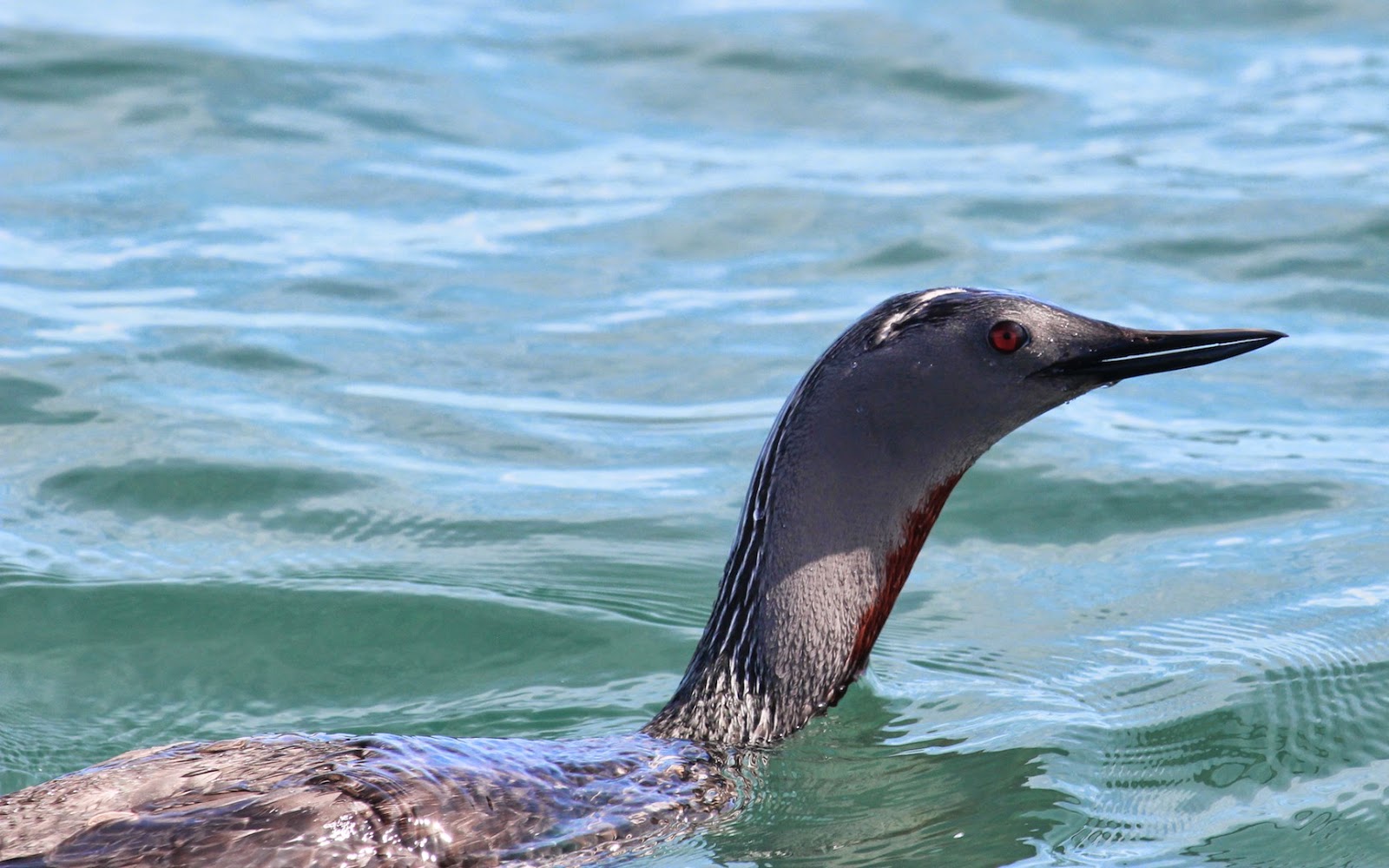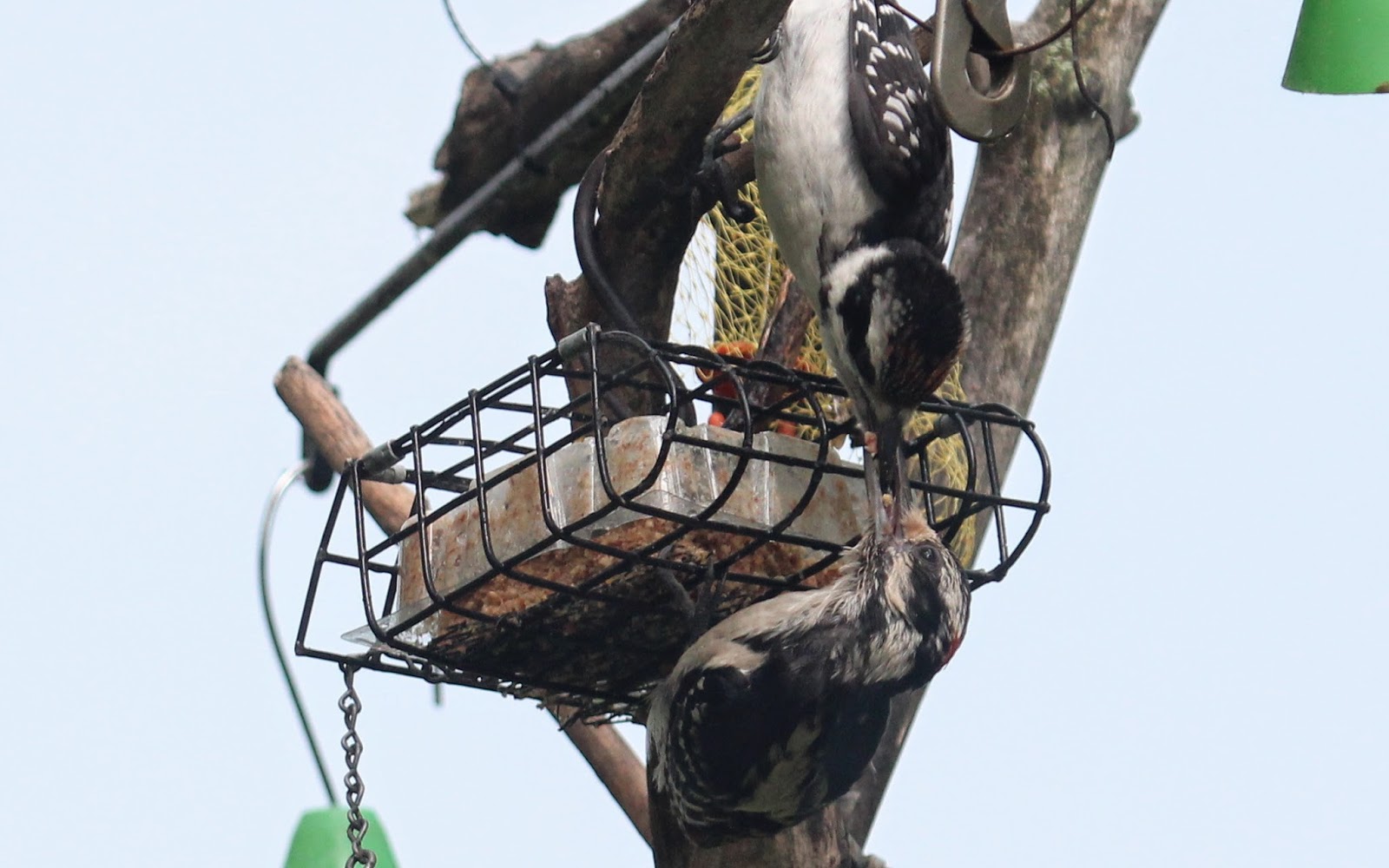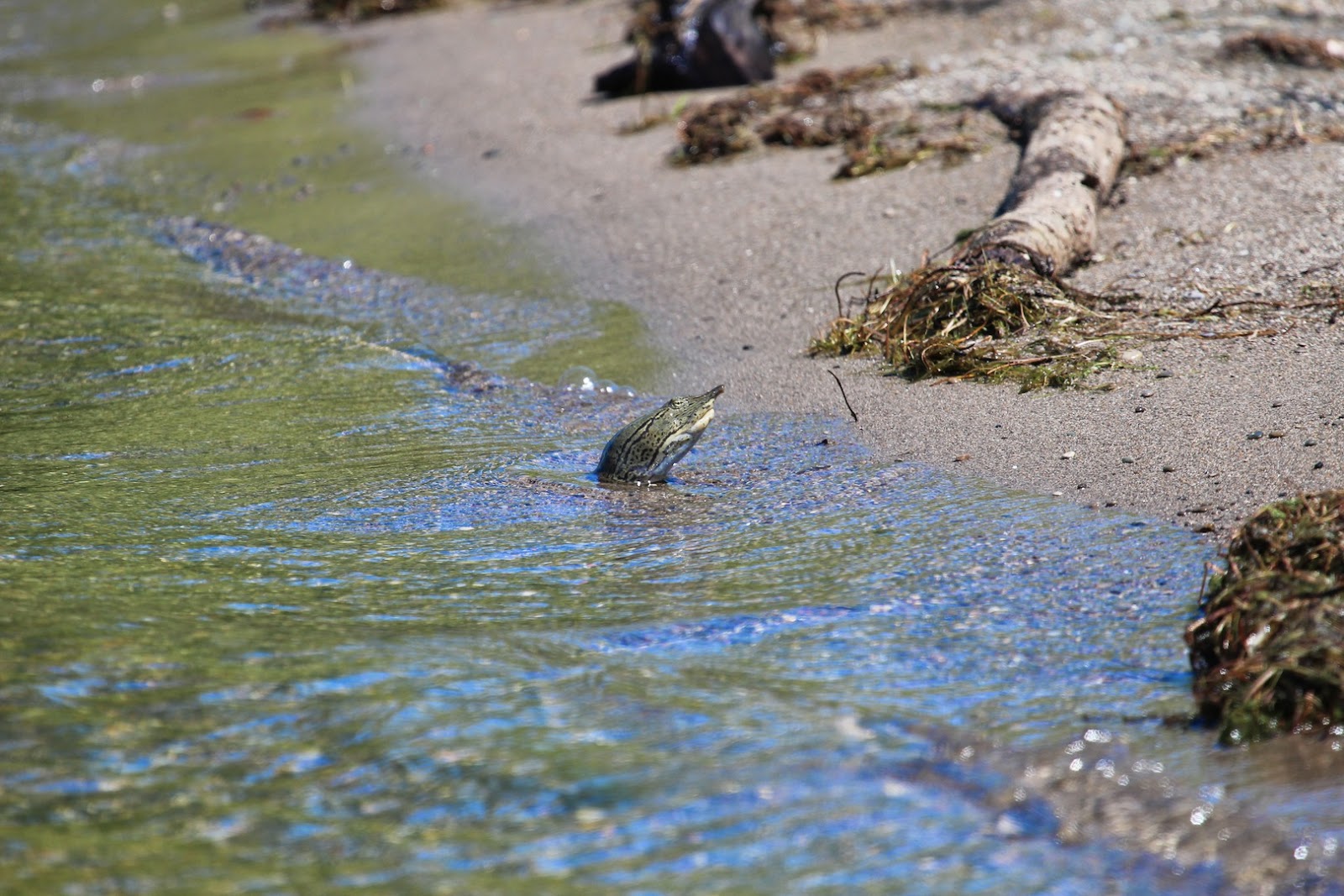Red-throated loon.

One of the researchers at Rondeau Provincial Park mentioned there was a red-throated loon near the point of the park. We took the pontoon down and found the bird where they said it would be. Always nice when a rare bird is actually where it was the previous day. We do get an occasional red-throated loon however it is unusual to have one in breeding plumage. Gavia stellata The smallest of the loons, the Red-throated Loon breeds at high latitudes in North America and Eurasia. It is distinctive among loons not only in size, but also in behaviour, vocalizations, locomotion, and other aspects of life history. The Red-throated Loon, unlike other loons, does not need to patter on the water's surface on a long takeoff, but rather can take flight directly from land if necessary. Unlike other loons, the Red-throated Loon does not carry its young on its back. source - Cornell Lab of Ornithology.

















